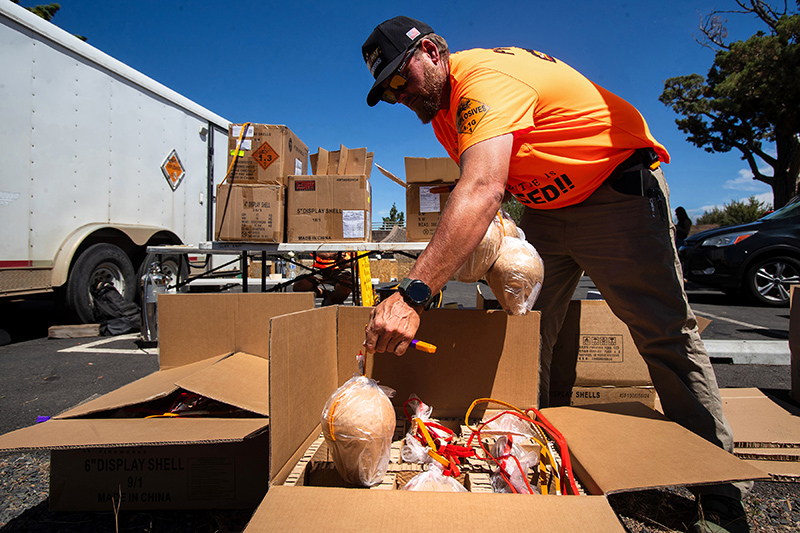Guest column: Don’t scar Eastern Oregon with power lines
Published 12:00 am Tuesday, September 4, 2018

- Guest Column
Objections to the Boardman to Hemingway (B2H) 500-kV high-voltage transmission line were heard on Aug. 24 by Tom Montoya, forest supervisor of the Wallowa-Whitman National Forest, the forests technical staff and United States Forest Service Regional office in Portland. Representatives of citizen organizations and government agencies, including Oregon-California Trails Association (OCTA), Greater Hells Canyon Council (GHCC), Baker County Planning Department, Wildlands Defense and several members of the Stop B2H Coalition, aired numerous concerns with the current draft decision.
Specific focus on the 6.8-mile segment, proposed to cross USFS land near the Blue Mountain Crossing, raised objections concerning visual degradation of the Oregon Trail, lack of timely studies of the effect of 250-foot-wide clear cuts on old-growth forest and riparian areas, vertebrate and non-vertebrate populations and failure to consider using the already established federal energy corridor in Central Oregon. In addition, the basic failure of the USFS and the BLM’s Environmental Impact Statement to analyze whether there is a need for the transmission line, which is proposed to cross five Oregon counties, was also challenged.
The current USFS draft record of decision cites several planned amendments to the National Forest Management Act. Without these amendments, the transmission line could not comply with existing law and cannot be built. These amendments would eliminate current protections to valuable forest resources, such as visual resources, cutting trees over 21 inches diameter; and the protections covered under the PacFish/InFish and Riparian Habitat Conservation Areas, designed to assist in the recovery of endangered fish.
The groups stated that the exceptions the Forest Service was being asked to make are too great a price to pay for an industrial transmission line that is unneeded. Greater Hells Canyon Council pointed out that 11 “site-specific amendments” have already been issued on the forest and this is an additional set of “amendments” that would negatively impact fish, wildlife, and cultural resources; violate a number of federal environmental laws; and pose risks of fire, increased weeds and over-use of herbicides and pesticides without having studied the effects on invertebrates (e.g., pollinators, moths, insects).
This draft record of decision and land-use plan amendments is a great example of amendments required because compliance can’t be guaranteed. In the decade since Idaho Power’s initial application, inexpensive renewable energy sources provided by wind and solar farms have dramatically changed the electric utility’s potential power sources, storage and delivery options.
Stop B2H Coalition also pointed out that the “need” for this transmission line is based on Idaho Power not having enough energy to supply its customers in 2026.
However, this “need” was based on the early decommissioning of the Bridger 1 and 2 coal plants co-owned by PacifiCorp and Idaho Power in Wyoming. In December 2017, PacifiCorp announced that they were no longer looking at decommissioning the Bridger 1 and 2 coal plants as planned. By making this decision, the 351 MW of energy that would be lost will now be available. Additionally, in the past year an additional 400,000 kw of solar and 300 MW of wind have been approved for construction in Idaho with Idaho Power as a partner.
There is no longer an energy shortfall for Idaho Power customers. Therefore the transmission line, which would be a 300-mile environmental scar running through Eastern Oregon, is not needed.
— Gail Carbiener lives in Bend.








